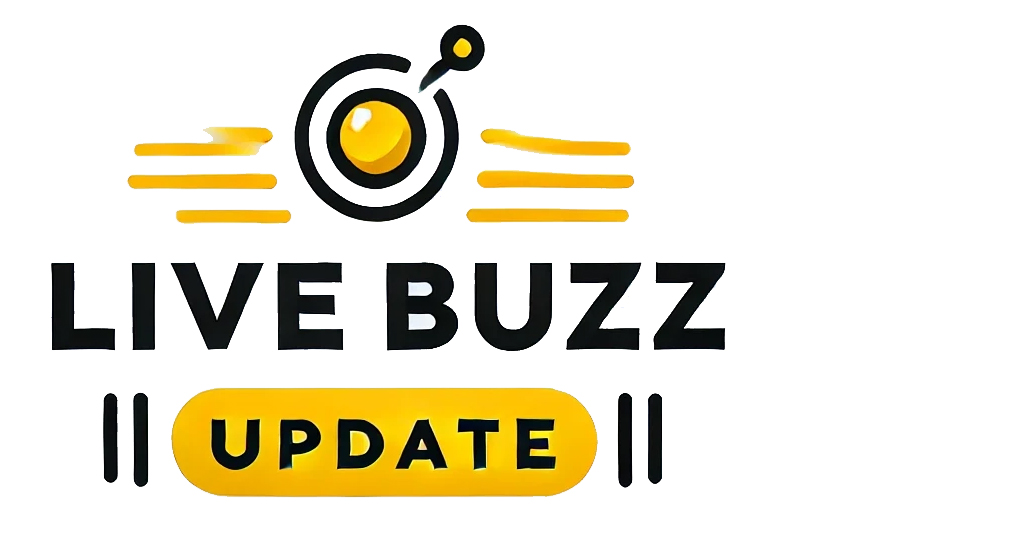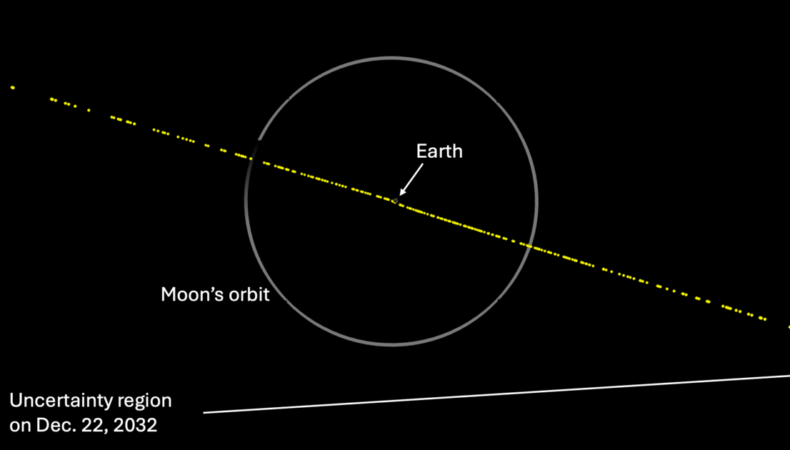The odds that a “city-killer” asteroid could collide with Earth have seen an uptick, bringing about the involvement of the Webb telescope. Tasked with thorough analysis of this massive space rock, the telescope is a crucial tool in efforts to predict and understand these potential threats.
A thorough understanding of the asteroid’s properties is essential for assessing the likelihood of it colliding with Earth. To aid in this, the Webb telescope, a collective project between NASA, ESA (European Space Agency), and the Canadian Space Agency, is focused on providing detailed examinations of these space rocks. Through its superior infrared vision and its ability to see distant objects in the universe with unprecedented clarity, the Webb telescope is instrumental in gathering much-needed data regarding these potential threats.
Scientists classify the asteroids which pose a threat to Earth as Near-Earth Objects (NEOs). The large range of these NEOs necessitates constant and vigilant tracking to predict prospective crashes. The task becomes even more crucial when the asteroid in question has the potential to cause city-wide destruction – hence being labelled as a “city-killer”.
Prioritising scientific accuracy and the preservation of life on Earth, all monitoring efforts are coordinated collectively. With an increased probability of such city-killer asteroids colliding with our planet, the role of technologically advanced tools like the Webb telescope becomes even more pivotal to our collective knowledge and survival.
While the threat is real, these findings also serve as confirmation of the effectiveness of existing monitoring systems. Our ability to identify, track, and study such NEOs remains a testament to the advancements in the field of space exploration. The analysis from the Webb telescope, promising detailed insights, can prepare us better for any potential asteroid-induced catastrophes in the future.
Last modified: February 12, 2025



